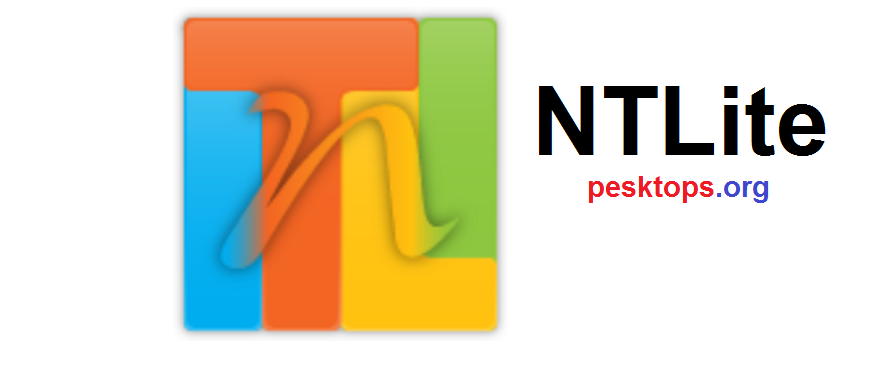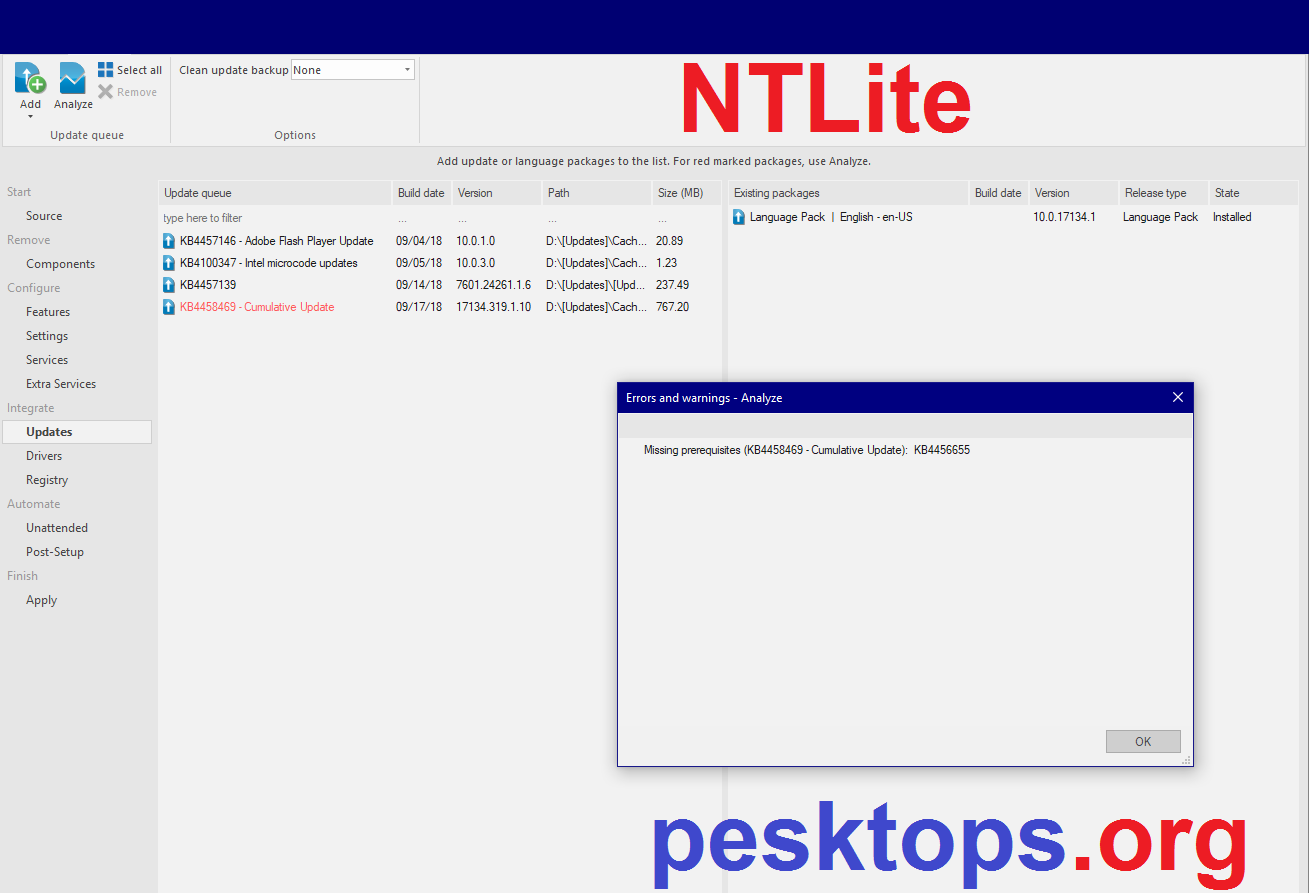Overview Of NTLite
NTLite is a powerful tool designed to simplify and optimize your Windows installation. The software allows users to customize the Windows image to suit all needs by adding or removing features, installing new features, and changing settings before installation.NTLite is perfect for system administrators, IT professionals, and advanced users who want to simplify the configuration process and increase system performance. Compatible with Windows 32 and 64 versions, NTLite can run in a variety of environments. By using NTLite, users can reduce installation time, remove unnecessary applications, and customize the best Windows features that suit their needs.
Key Features
- Remove Resources.
- Code updates.
- Driver Code.
- Change your settings.
- Unattended deployment support
- Create an ISO image.
System Requirements
- Operating System: Supports Windows 7, 8, 10, and 11 (32- and 64-bit versions).
- Processor: Requires a dual-core processor.
- RAM: At least 2 GB of RAM (4 GB recommended for optimal performance).
- Storage space: Up to 500MB of free disk space for on-demand photos.
- Graphics: DirectX 9-compatible graphics card with at least 128 MB of video memory.
Comments
20.8 MB
Zip password: 123
Program details
-
Program size20.8 MB
-
Version2024.10
-
Program languageMultimedia
-
Last updated2024-10-11
-
Downloads23000Ad




How to download and install 10-Strike Network Scanner
-
1 - Download the program
-
2 - Disable Windows Defender
-
3 - Decompress
-
4 - installation
Or you can read the article dedicated to the download and installation steps: How to download softwares from PeskTopPress the green "Direct Download" button only, and the download will take place within two seconds automatically, without any intervention from you.
Turn off the firewall in Windows so that no crack files are deleted after decompression. You can follow the steps in the following article: How to disable Windows Defender Antivirus
To decompress the file, you need some simple steps. First download the Winrar program if it is not already on your device, and then you can follow the steps through this article dedicated to the decompression method: How to decompress RAR files
Open the installation folder after decompressing and click on the installation file.